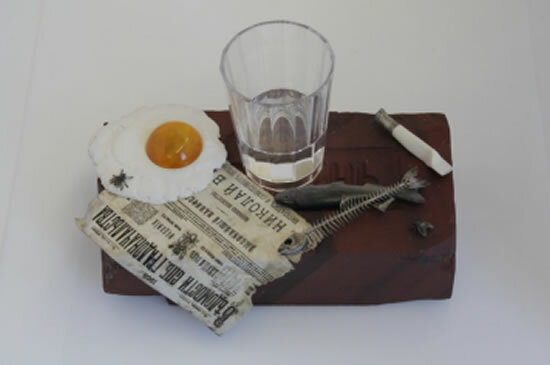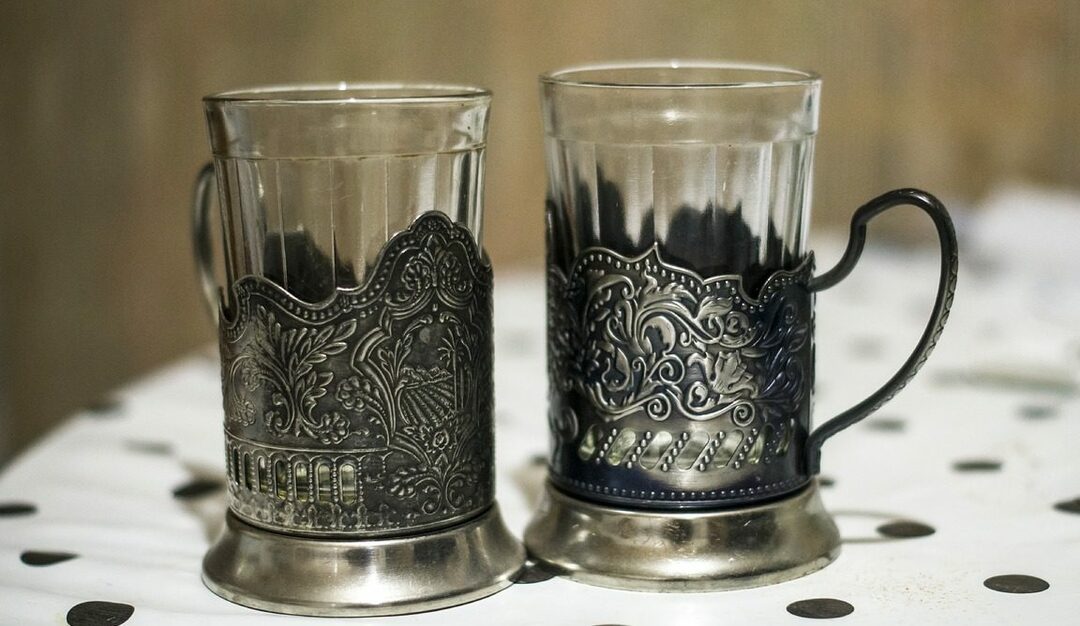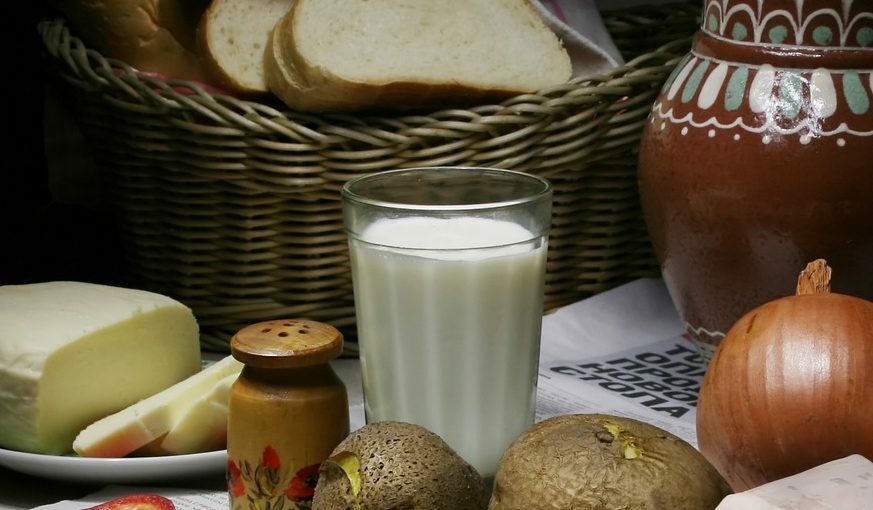The exposition of the Faberge Museum, located in Baden-Baden, has a very unusual exhibit. This avant-garde stone-cut jewelry still life is notable for the fact that one of its "heroes" is an ordinary faceted glass. In what year this miracle was created, I never found it. But the fact that the author of this still life - Carl Faberge - died in September 1920, I remember for sure.

@ leblogluxe.com
Why such a long preface? And besides, having accidentally stumbled upon an article about the appearance of a new exhibit in the museum, for some reason I remembered about the birthday of the faceted glass. It is celebrated on September 11, assuring everyone that it was on this day in 1943 that the first copy of the legendary heritage of the Soviet era, developed by Vera Mukhina, was released. An obvious inconsistency, isn't it? So I went in search of the truth about the faceted glass.
The content of the article
- About the Soviet origin of the faceted glass
-
Pre-revolutionary history
- The first version - about the origin of the name of the dishes
- Version two - a gift to Peter I
- Version three - metal glass
- Which faceted glass is considered real
About the Soviet origin of the faceted glass
So, back to Vera Mukhina. The version that she invented these dishes can be rejected for obvious reasons. But there is no documentary evidence that she was not involved in its modernization. Therefore, it remains only to trust the historians who claim that it is Vera Mukhina finalized the faceted glass, strengthening its bottom and adding a rim along the top edge.
The reinforced bottom gave the already rather strong glasses additional "vitality". It was thanks to her that they were almost the only dishes that could survive the processing in the first Soviet dishwasher, which was equipped with factory canteens and public catering. They even say that the hero of today's research was created specifically for this technique.
But the rim was intended to increase convenience: they say, the edges forced consumers to tighten their lips more so as not to spill the contents of the dishes, but with the rim it somehow became easier. This explanation raises serious doubts (I like to drink tea from a faceted glass, but I have no idea what kind of lip tension I am talking about).

@Marta_Meles
Pre-revolutionary history
Taking as an axiom the earlier origin of the symbol of the Soviet public catering, I started looking for information on the official pages of various museums. And yet I found something amusing.
The first version - about the origin of the name of the dishes
If you believe this version, then the first prototypes of faceted glasses were invented in Russia. Then they were made of wood, or rather, from planks fitted to each other.. This miracle was called Dostakan, which could be a borrowing from the Turkic language, in which there is the word "tustygan", meaning "bowl".
The same version explains the rim on the "real" granchak - they say, this is how the shape of the wooden predecessors, tied with a metal rim (so that the boards do not crumble), are reflected in this way. True, then it is not clear where the lower rim has gone, but this is so, rhetoric.
Version two - a gift to Peter I
The story goes exactly what Peter the First approved the production of glass granchakas after Efim Smolin presented one sample to the sovereign. The glassmaker assured that such dishes are well suited for the fleet, because they have a serious margin of safety, and the edges will not allow the glass to roll off the table while rolling. Peter I immediately checked the strength of the dishes, first drinking vodka from it, and then throwing the empty vessel on the ground.
The glass of the heroic silushka could not stand it. But even so, it was approved by the ruler. As a result, during the last four years of Peter's reign, 13 thousand granchaks were produced.

@Ihtar
Version three - metal glass
Historians have found the surviving drawings of Nikolai Gavrilovich Slavyanov (he invented the arc welding method), which showed glasses with 6, 8, 20 and 30 edges. True, the inventor proposed to make them out of metal (they say that such a specimen should be found in the storerooms of the Motovilikha Museum), but that is not the point.
Much more interesting in this story is that these drawings could have ended up in a glass factory in Sylva - at that time, the enterprise was quite developed and eager to launch new products. And other Russian factories, including the one located in the city of Gus Khrustalny, which was the first to adopt novelties from fans of experiments, took an example from such a leader.
Which faceted glass is considered real
Taking into account the fact that all the listed versions have a serious runaway in time, it makes no sense to put any of them in the first place. But the same abundance of options raises the second question - which of the versions of the faceted glass should be considered the very property of the USSR?

@Artem_Apukhtin
Disputes on this topic do not subside to this day, which serves as further proof of the popularity of the granchak. For the same reason, there is no consensus. But if you still choose the most popular models of these dishes, then lipy glasses will come out on top - the same ones with a rim.
Then it's a little more complicated: in Soviet times, faceted glasses of various sizes were produced (50, 100, 150, 200, 250, 350, and in one of the sources there was even a variant of 290 milliliters).
A volume of 250 milliliters (200 - along the rim and another 50, if you pour it to the top) is a fairly common option in Soviet public catering. Yes, and among the common population, he was also popular, since every hostess knew how to calculate the required amount of culinary ingredients with his help.
But in soda machines, 200 ml glasses were more often placed.. According to one of the versions, it was these granchaks that became the favorite inventory of those who were "thinking for three", because if you pour on the rim, then 167 ml of the drink will fit in such a container. Indisputable convenience when pouring half a liter into three vessels, isn't it?
As for the faces, it is even more difficult here, because the granchakos were produced with 10, 12, 16, 17, 18 and even 20 faces. True, the more there were, the more expensive the dishes were. For comparison: a ten-sided one cost 3 kopecks, and a twenty-sided one - 14 kopecks.
Taking into account the financial capabilities of ordinary workers, it is quite logical to assume that it was the simplest 10-sided glass that was the most popular. But it is not exactly. So if you have a different opinion on this, please write it in the comments.
Subscribe to our Social Networks